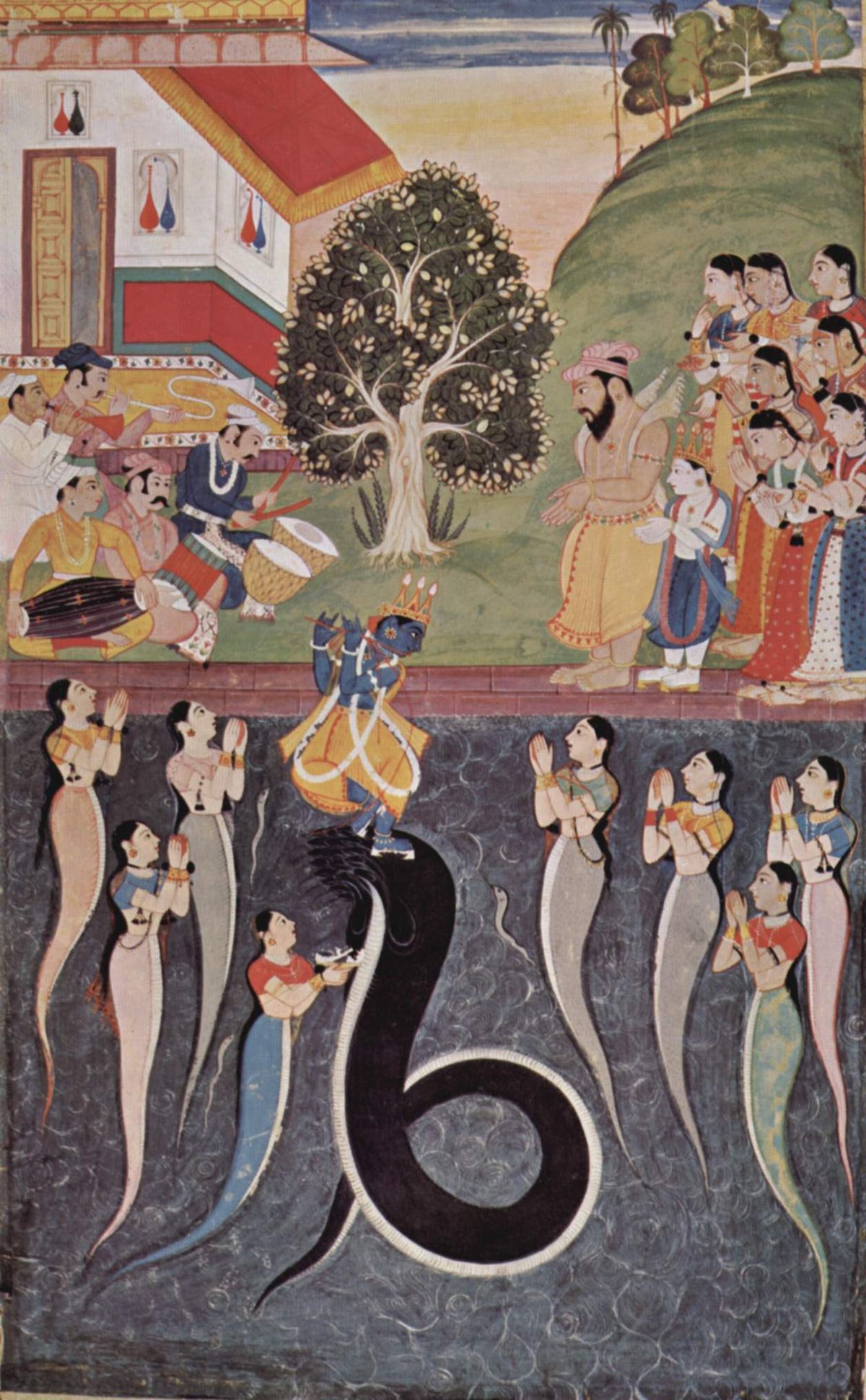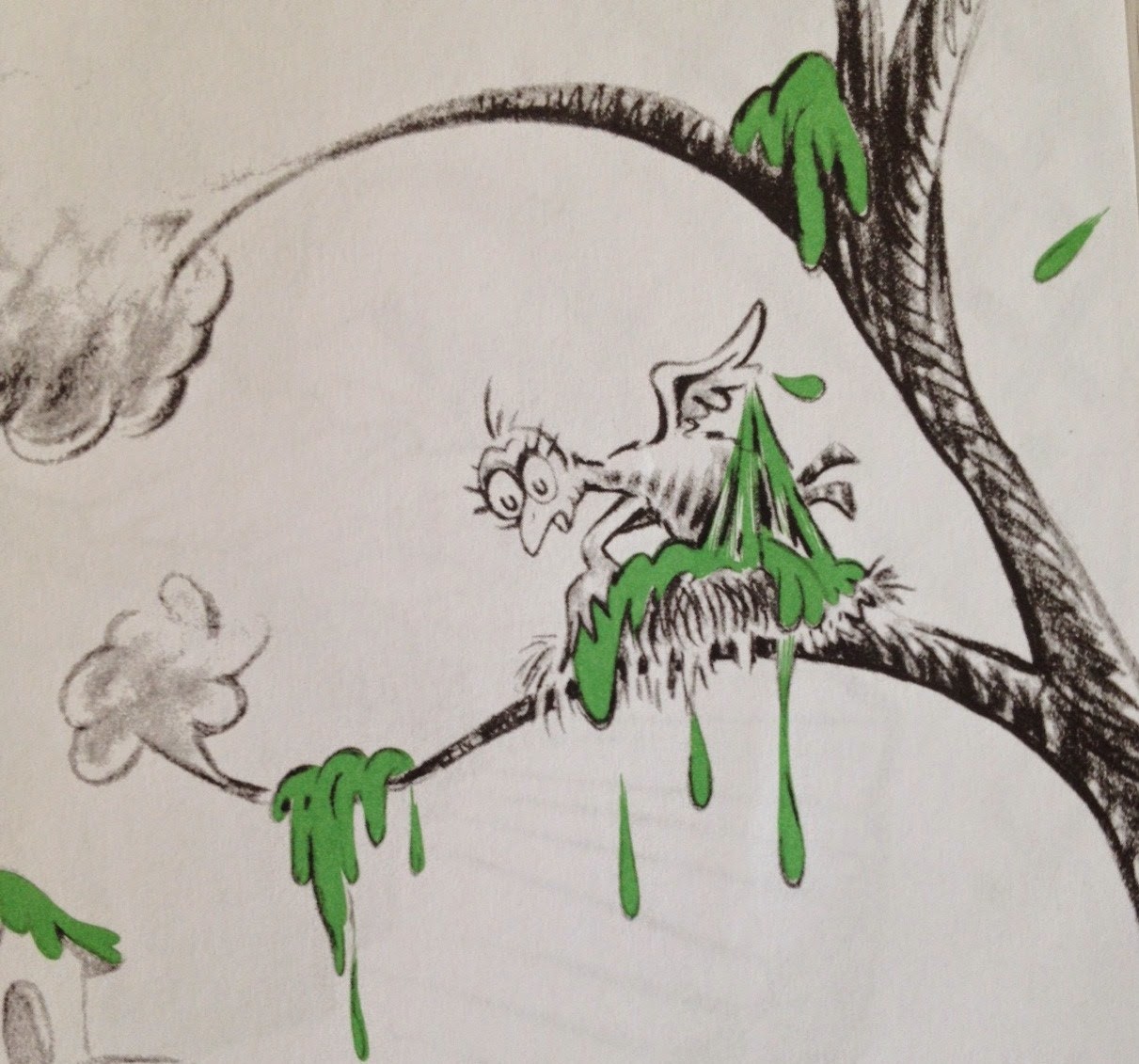 |
| There's some seriously weird shit going on here... |
This edition of anti-racist art reviewed features one of African-American artist Kara Walker’s best known works - the one with the superlong title in the heading. I happened across it in MOMA in New York about three weeks ago and at first, I drew a total blank at making sense of it. I tentatively attributed this to the fact that I’m not American enough, and filed it away to think about and/or research. Even now, I’m not sure it counts as anti-racist art so much as art about race, and I’m not sure this counts as a review, so much as an exploration. I’m going to organize it around the three things
MOMA’s own label thinks
Gone can do for us.
1. Refute the promise of romance
Kara Walker’s
Gone is connected with a book I haven’t read:
Gone With the Wind, a 1936 historical romance by Margaret Mitchell, which is apparently immensely popular in the USA. From the little I knew of its plot, I was pretty sure it would not be my kind of thing. It turns out that Kara Walker and I are on the same page here.
She has said, ‘
Gone with the Wind was one of those books that I already had preconceived ideas about: I already knew that I wasn’t going to like it.’ Then she read it of course, and had to deal with the fact that it’s one of those ‘can’t-put-it-down’ kind of books.
 |
| Scarlett O'Hara getting it on? |
I do sort of know the plot outline of
Gone With the Wind. It’s the story of a young white southern woman from a plantation-owning family, who, between the ages of 16 and 25 has several children by three different men without actually being in love with any of them. In the meantime, the civil war causes her a certain amount of personal hardship and leaves her fighting courageously for the survival of a lifestyle we all disapprove of. Also, she isn’t a particularly nice person.
I can see that there is a connection between Kara Walker’s frieze and the book, in that both feature grotesque and sometimes violent sexual disorderliness with a civil war setting and costumes, only in the artwork the sexual shenanigans are interracial and rather more extreme and explicit than those in Mitchell’s book.
Conclusion: promise of romance not refuted, because
Gone With the Wind turns me off anyway. YMMV.
2. Critique historical narratives of slavery and the ongoing perpetuation of ethnic stereotypes.
Maybe I would have to read
Gone With the Wind to know which historical narratives of slavery are being critiqued here, but when it comes to the ongoing perpetuation of ethnic stereotypes, we are cooking with fire. Or playing with fire, maybe: when I was researching people’s reactions to Walker’s work, that of fellow African-American artist Betye Saar floated to the top of Google search.
Saar does not like Kara Walker’s work at all.
According to the Telegraph, she "conducted a noisy campaign to get Walker’s work banned from public galleries, arguing that her imagery played straight into white fantasies about black people as a sexualised underclass."
Kara herself has said, "You know, what black stands for in white America and what white stands for in white America are all loaded with our deepest psychological perversions and fears and longings." Which is sort of interesting because it starts to look like a debate among African-Americans in which the subject of contestation is what white people think. And here's me, not knowing what I think, if anything.
Fortunately, there are some more coherent white people around, like Jerry Saltz,
reviewing Walker’s exhibition My Complement, My Enemy, My Opressor, My Love. He says that her work makes him feel "sickened, thrilled, terrified," he describes it as a "toxic shock" and says that "Even the title (of
Gone) is contaminated."
Hmm, I think he might be referring to that rather old-fashioned word ‘Negress’. And then, it’s true that the pictorial languages of racial representation Walker has decided to engage with are quite ‘old-fashioned’. I’d initially attributed this to the demands of the medium. If everybody is a black silhouette on a white background and you still want their race to be legible, you’re probably going to have to caricature a bit. Although, it
was Kara Walker’s choice to use a medium that demanded that kind of exaggeration. And I can appreciate the point that where racial representations are concerned, ‘old-fashioned’ probably means bad.
Come to think of it, I really did know that quite a few white Americans think of everything from America’s racial past as a contaminant, a sort of poison which continues to infect their society and relationships today. And while I can
think the same thing, many of them also seem to
feel it very intensely and viscerally.
Conclusion: ongoing perpetuation of stereotypes critiqued, by the viewers, if not by the work.
3. Confound conventional attributions of power and oppression
Another thing that Saltz and several other white reviewers bring up fairly consistently is a response of anger, or rage, generally projected onto Walker herself. I’m not quite sure that’s where it belongs, at any rate, I haven’t seen her state or express that emotion directly. I do wonder if it isn’t partly a direct projection by white people onto black people, something like ‘well of course, you must be angry, how could you not be?’ True enough. But it’s also, I suspect, the anger of white people themselves (after all, they’ve found themselves dumped by history in the middle of a pile of toxic contaminants) and that they may be having a hard time, given those ‘conventional attributions of power and oppression’, fully owning and expressing their rage. It seems quite possible, given the dynamics of the situation, that they need black people to be angry on their behalf.
Also, if anyone is going to dig up the contaminants and show that they can be played with, they may feel they need a black person to do that as well. Honestly, I don’t think many white people believe a white artist could get away with work like this right now (supposing they wanted to try). Walker only just gets away with it herself. On the other hand, white people probably do make up a significant proportion of the audience. I daresay it does confound conventional attributions of power and oppression that they are prepared to cede the active role in this territory to black artists and willingly submit themselves to something that makes them feel contaminated, sickened, terrified, etc - notwithstanding the fact that the content Walker serves up nominally assigns them the dominant role. It is she, the black woman, who is clearly the initiator and controller of this particular enterprise.
Conclusion: yeah, the power attributions are quite complicated. As for oppression, we're supposed to be consensual participants these days, right? ...except for Betye Saar and other members of the public who end up seeing without consenting....
 |
Fantasies? What fan... oh, those fantasies!
Actually, those are Kara Walker's fantasies,
not mine. |
So what do I think of
Gone in the end? Well, let’s make no bones about it, it's like a lot of Walker's work: S&M erotica built around racial as well as gender differences. I'm pretty sure from the interviews I've read with Walker that she's actively and consciously embracing that whole thing. I get around enough to be aware that she isn’t the only one. It takes all sorts, I suppose. Sex with a helping of violence isn’t really for me, with or without racial overtones. When you add the latter, I have a tendency to go all historian and look over the top of my glasses and say things like "you do realize that this is ultimately about real stuff that really happened to actual real people don’t you?" Only in Walker's case, it probably isn't meant to be. You can call
Gone history painting if you like, but it's really for and about people today and what they might choose to do with the
historical evidence left-over toxic contaminants. Like play 'terrifying' erotic games with them? Really?
I'm still not sure if I really get
Gone, but I wanted to get this post written before I go to view Walker's latest work,
Go to Hell or Atlanta, Whichever Comes First,
which just opened in London. I'm expecting to do better at engaging with
Hell or Atlanta, partly because I know Walker's work a little better now, and partly because it seems to have a more purely historical and art historical theme. I may even end up reviewing a piece of explicitly and deliberately pro-racist art in the process, which is weirdly interesting.






















